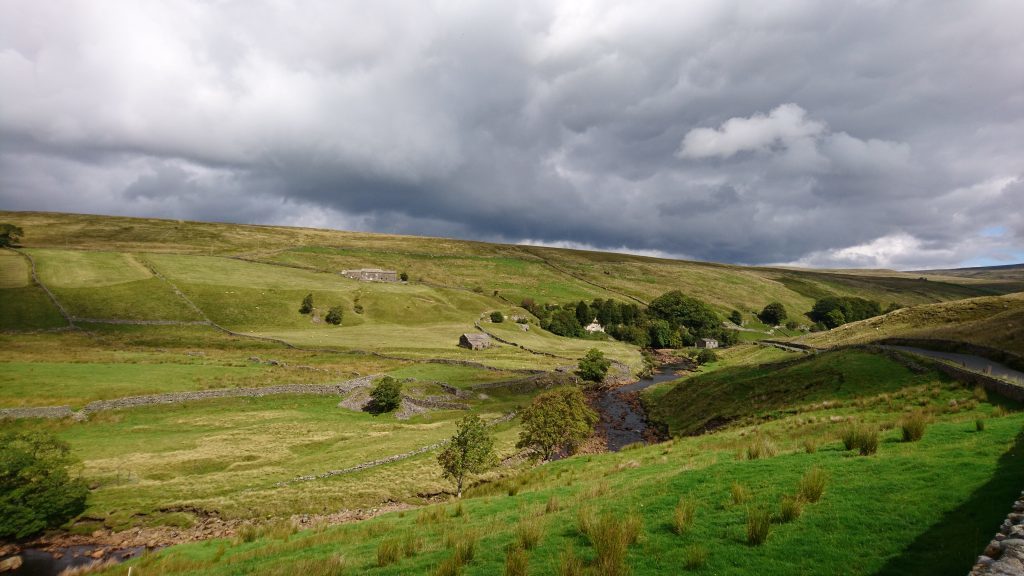News
Farmers are on the front line for nature recovery
5 December 2024
Farmers are on the front line for nature recovery
says Emily Coates, Land Management Facilitator for the North Pennines AONB Partnership (Yorkshire Post Country Week column Sat 21 Dec 2019)
The uplands of Swaledale and its northern neighbour, Teesdale, are cherished places where the farmed landscape and nature are intertwined.
Although both dales are in protected landscapes (Swaledale in the Yorkshire Dales National Park and Teesdale in the North Pennines Area of Outstanding Natural Beauty) there is still scope to make even more space for nature to thrive. I’m working on a project, led by the North Pennines AONB Partnership and the Yorkshire Dales National Park Authority, which works with farmers to do just that.
The ‘Tees-Swale: naturally connected’ project was inspired by the 2010 review ‘Making Space for Nature’ by Professor Sir John Lawton, who now chairs our project board. He said the country needed: “a step-change in our approach to wildlife conservation, from trying to hang on to what we have, to one of large-scale habitat restoration and recreation.”
Thanks to the National Lottery Heritage Fund we’ve been able to work up a plan to restore, expand and connect many of these vital habitats across a vast area of the uplands, where the Yorkshire Dales joins the North Pennines.
In October last year we began the project by talking to farmers, asking questions and listening to their experiences. We wanted to understand the focus of their farm businesses, the history of their land, their plans for the future, and what they were proud of and interested in.
I’ve been working with farmers and landowners in Swaledale and Arkengarthdale, while colleagues have been working further north in Teesdale, Lunedale and Baldersdale.
The main thing I have seen in my conversations across the dales is just how many factors farmers and land managers need to balance when making decisions.
There is no such thing as a typical farmer in Swaledale, and no two farms are the same. There may be shared pressures and challenges and similarities in farming systems, but there are big differences in personality and outlook.
I have been encouraged by the genuine level of interest farmers in my area already have in the habitats and wildlife on their farms. This interest comes as much from a passion for their land as it does from sustaining their farming business.
One farmer, when discussing wader scrapes (shallow depressions created in fields to benefit wading birds), said: “I see the point of scrapes, because I see the birds using them.”
When choosing a meadow in which to add wildflowers, this same farmer picked the one closest to a very busy footpath, finding time to consider people’s enjoyment of nature as well as what worked for the farm.
By talking with farmers, together we’ve shaped themes for the project and defined the habitats we could support. We’ve also identified opportunities for events and training.
We are focusing on species-rich meadow enhancement, rush management for wading birds and woodland planting. We’ve identified sites and proposed works, and we’re now writing up a bid to show the National Lottery Heritage Fund what great work can be done with the farming community that will benefit people and nature.
The application will be submitted in February and we’ll get a final funding decision in June.
Times are changing in farming, with the future of farm support still unclear. However, I’ve seen how farmers are resilient and remaining open minded about how they can adapt.
We believe that the way to achieve results for nature recovery is to work with farming communities to support and expand a High Nature Value (HNV) farming system that works for people and nature here in the uplands.










